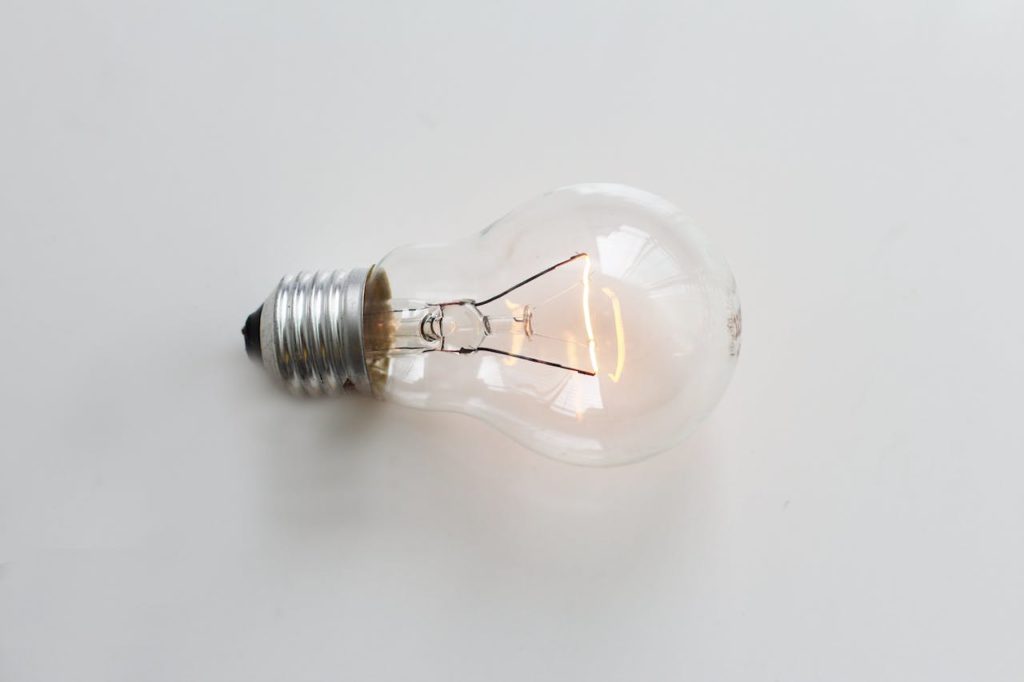In the world of home electronics and appliances, there are few things more commonplace and versatile than the ubiquitous light bulb. One can hardly underestimate its importance in providing illumination whenever it is needed; day or night. However, sometimes, these seemingly simplistic devices can surprise us with unusual behaviors, such as light bulb flashing when switched off. This article aims to dive deep into the phenomenon of light bulbs flashing even when they are turned off, explaining why it may happen, what effects it might have, and how to prevent it. Needless to say, understanding this behavior is crucial to ensure the safe and efficient operation of your lighting systems.
Ever since their initial invention, light bulbs have witnessed spectacular advancements in technology. Today, we have a variety of different types of light bulbs available, including incandescent, fluorescent, compact fluorescent lamps (CFLs), halogen, and Light Emitting Diodes (LEDs). Each category functions differently: for instance, incandescent light bulbs produce light by heating a filament to a high temperature, while CFLs and LEDs perform their lighting function using a mix of sophisticated electronics and specific chemical components.
The Normal Operation of Light Bulbs
The standard operation of light bulbs across various types involves two principal mechanisms of light emission. While there are a multitude of bulb types, the foundational process is either the excitation of gases within the bulb or the heating of a metal filament until it glows. For gas-based bulbs, the gas inside the bulb is ionized and emits light as a result of an electrical current passing through it. In filament-based bulbs, typically incandescent or halogen, electricity heats the filament to a temperature that produces light.
Upon the light switch being turned to the off position, the electrical circuit that powers the bulb is interrupted. This immediately halts the flow of electricity. In gas-filled bulbs, the ionization process ceases; in filament bulbs, the filament rapidly cools down. The outcome is the cessation of light emission, plunging the bulb into darkness.

The Phenomenon of a Light Bulb Flashing When Switched Off
Occasionally, homeowners may encounter an unusual activity with their light fixtures—a light bulb flashing or blinking after being switched off. This anomaly might present itself as a subtle glimmer that’s barely noticeable in the bulb or a series of quick and bright flashes. The curious nature of this phenomenon invites scrutiny and raises questions about the underlying causes.
Possible Causes of the Flashing Phenomenon
When delving into the reasons behind a flashing light bulb, electrical infrastructure should be examined first. In some cases, loose or corroded wiring can cause intermittent connections, leading to momentary flashes as the current briefly re-establishes. Faulty circuit breakers or surge protectors could also intermittently pass current to the bulb, causing it to flash.
In addition to the electrical setup, the hardware associated with the light fixture itself could be at fault. A wall switch that does not fully disconnect the electrical circuit when toggled could allow a small current to pass, sufficient enough to trigger a flash in the bulb. Dimmer switches, especially older models not designed for modern bulbs, can inadvertently supply voltage to the bulb in the off position.
Specific to the type of bulb, each variety comes with its set of potential issues. Fluorescent bulbs rely on components like starters and ballasts to regulate the flow of current and these components can wear out, causing flickering or flashing. LEDs are sensitive to temperature; thus, if an LED bulb is not properly cooled or is using incompatible dimmer switches, it can lead to blinking. These possible causes each suggest a pathway to troubleshooting and ultimately resolving the mysterious case of the flashing light bulb when turned off.
Analyzing The Impact of Light Bulb Flashing
The phenomenon of a flashing light bulb, while often dismissed as a minor annoyance, can actually be a symptom of deeper electrical issues. This problem shouldn’t be ignored, as it not only poses potential safety risks but also affects the efficiency and lifespan of the bulb. In some cases, a flashing light bulb can signal a fire hazard, especially if it results from faulty wiring or an overloaded electrical circuit.
Furthermore, the continuous flashing can be detrimental to the bulb itself. For traditional incandescent and halogen bulbs, the repeated on-and-off action can strain and weaken the filaments, leading to a shorter lifespan. Similarly, for more modern bulbs like CFLs (Compact Fluorescent Lamps) and LEDs (Light Emitting Diodes), the flashing can wear out electronic components more quickly, thus reducing their overall efficiency and operational life.

Troubleshooting the Flashing Light Bulb
The process of fixing a flashing light bulb typically involves a few straightforward steps. The first and easiest solution is to ensure the bulb is screwed tightly into its socket. A loose bulb can create an unstable electrical connection, leading to intermittent flashing. Another common issue to check for is loose wiring within the light fixture itself, which can cause similar problems.
If the light continues to flash despite these basic troubleshooting steps, it may be indicative of a more serious electrical issue. In such cases, it is prudent to seek the assistance of a professional electrician. The cost of resolving the issue can vary, largely depending on the complexity of the problem and the rates charged by the electrician. It’s important to address these issues promptly, as neglecting them could lead to more serious electrical problems or safety hazards over time.
How to Prevent Light Bulb Flashing
Preventative measures can significantly decrease the chances of experiencing a flashing light bulb. Regular maintenance of your light fixtures is key. This includes routinely checking for signs of wear and tear, ensuring that all connections are secure, and that there is no visible damage to the wiring.
Additionally, being proactive about replacing old or worn-out bulbs can stave off the issue before it starts. It’s also advisable to invest in high-quality light bulbs from trusted and reputable brands. While these may come with a higher upfront cost, they typically offer greater reliability and longevity, thereby reducing the frequency of replacement and maintenance issues like flashing.

Recent Innovations to Address Light Bulb Flashing
The lighting industry has responded to the issue of flashing light bulbs with several innovative solutions. Newer models of light bulbs now often come equipped with features like thermal protection systems, which help prevent overheating—a common cause of flashing. Advanced circuit designs have also been developed to minimize electrical interference, another key factor that can lead to flickering. These improvements not only enhance the stability and efficiency of the light bulbs but also contribute to their overall safety.
Moreover, ongoing research and development in this field are focusing on tackling the problem at a more fundamental level. Scientists and engineers are continuously exploring new materials and technologies that can further reduce the likelihood of flashing, making our lighting solutions more reliable and efficient. This ongoing innovation is a testament to the industry’s commitment to addressing consumer concerns and improving the overall quality and safety of lighting products.
Conclusion
Although a flashing light bulb seems merely disruptive, the underlying reasons could potentially pose safety hazards and lead to increased electrical costs. Therefore, it is essential to keep a watchful eye on your home’s lighting system. Remember, a well-maintained light bulb not only ensures optimal illumination but also guarantees longevity and safety.


















